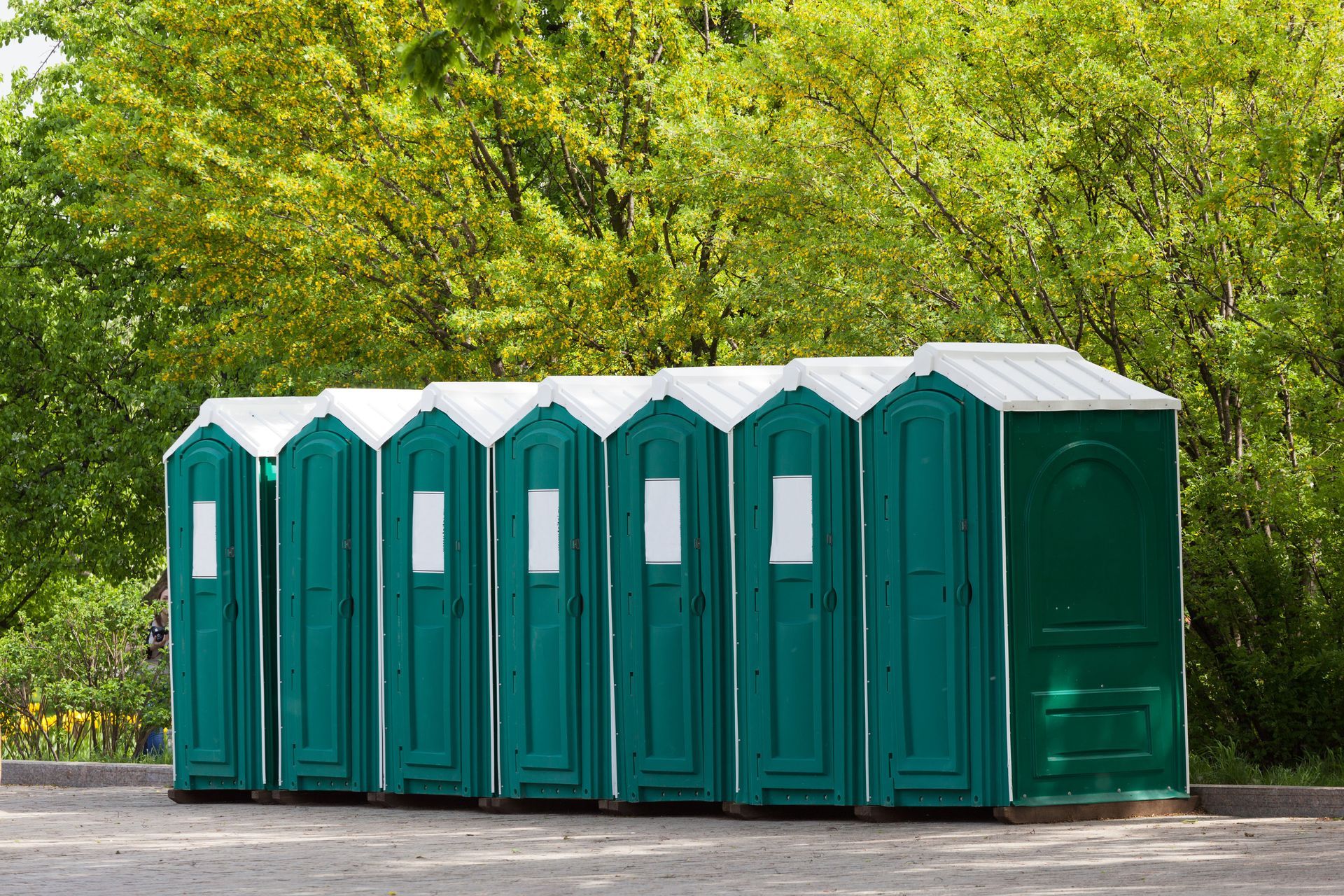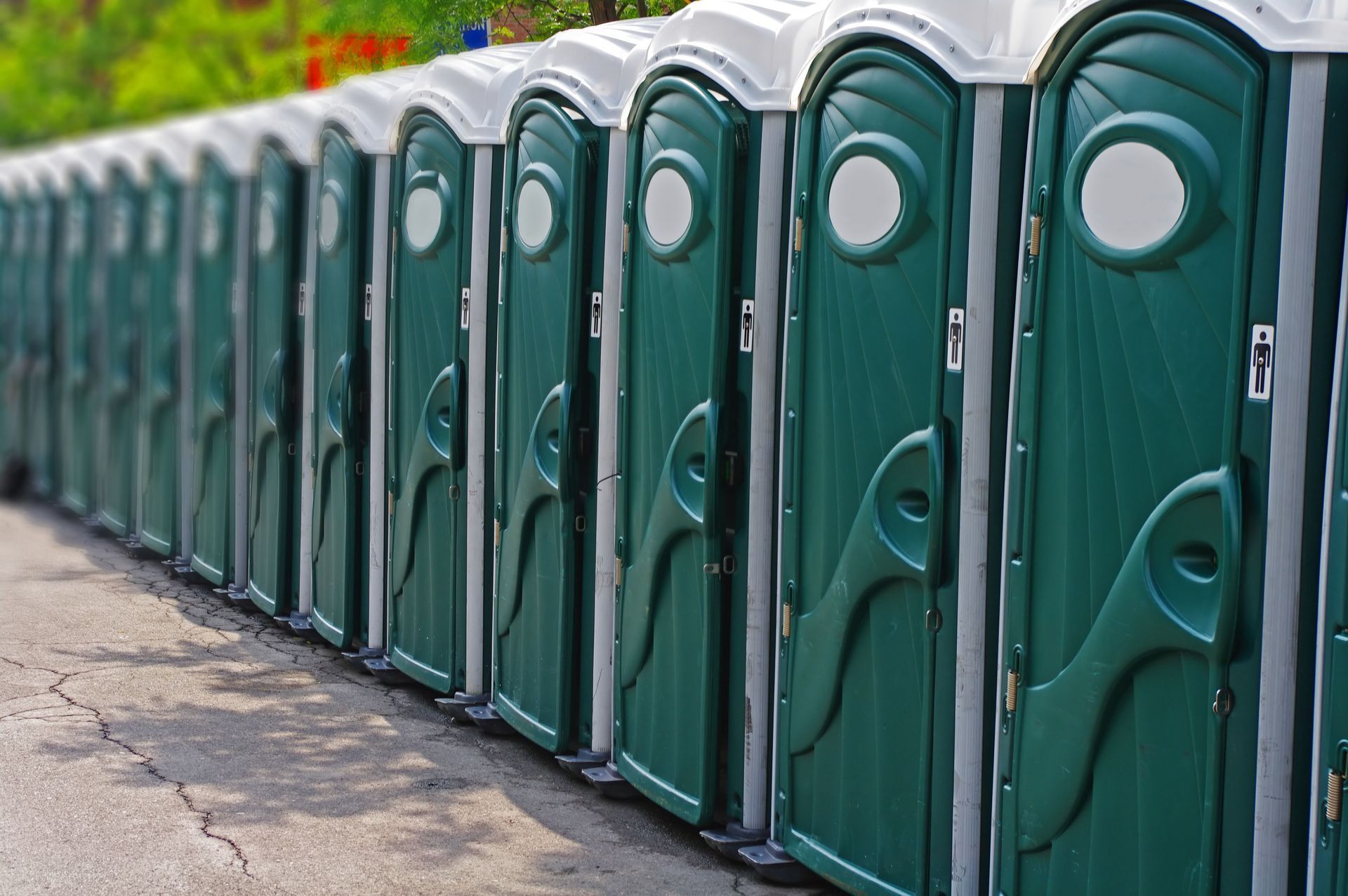Choosing the Right Portable Restroom Solution for Your Site or Event
Proper sanitation is essential for any temporary site or event, whether it's a construction project, music festival, outdoor wedding, or community gathering. Without adequate restroom facilities, attendees, workers, and visitors may experience discomfort, long wait times, and potential health risks. Portable toilets provide a convenient, hygienic solution that ensures safe restroom access regardless of location. Selecting the right type, quantity, and placement of porta-potties can make a significant difference in maintaining comfort, compliance, and overall public health. This guide explores how to make informed decisions when planning portable restroom facilities for your site or event.
Providing suitable restroom facilities is not only a matter of convenience — it also reflects on the professionalism and planning of an event or site. Poor sanitation can lead to complaints, lower attendee satisfaction, and even regulatory issues. In contrast, properly planned porta-potties demonstrate a commitment to safety, hygiene, and user comfort, which can enhance the reputation of organizers and hosts alike.
Assessing Your Site or Event Requirements
The first step in selecting portable toilets is understanding the specific needs of your site or event. Factors such as the number of attendees, duration, type of activity, and accessibility requirements all influence the type and quantity of units needed. For instance, a large outdoor festival hosting thousands of attendees will require a significantly higher number of porta-potties than a construction site serving only a few dozen workers. Similarly, multi-day events demand more frequent servicing and consideration of restroom capacity compared to a one-day gathering.
It is also important to consider the physical layout of your location. Units should be placed strategically to ensure convenient access from all major areas. Avoid long walking distances and isolated placements that could create bottlenecks or inconvenience for guests. Well-planned restroom placement not only helps maintain smooth traffic flow but also contributes to an overall positive experience for users. Accessibility is another critical factor. Providing at least one ADA-compliant portable restroom ensures that individuals with disabilities can safely and comfortably access facilities, supporting inclusivity and compliance with regulations.
In addition, event or site planners should account for potential peak usage periods. Concerts, lunch breaks at construction sites, and intermissions at events often see surges in restroom demand. By analyzing usage patterns, you can allocate portable toilets more efficiently and prevent overcrowding, long lines, and frustration among attendees or workers. Considering factors such as climate and terrain is also important. In hot weather, shaded placement can make units more comfortable, while uneven or soft ground may require reinforced platforms or positioning to maintain stability and safety.
Determining the Right Type of Portable Restroom
Portable toilets come in a variety of types designed to meet different requirements. Basic units are ideal for short-term events or sites where budget is a primary concern. These units typically include a toilet and minimal handwashing facilities, providing a practical solution without unnecessary extras.
For longer events or high-traffic sites, it is important to consider user comfort and convenience. Ensuring there are enough portable toilets for the number of attendees, offering accessible options, and placing units strategically throughout the site can significantly enhance the user experience. Thoughtful planning in this area reduces wait times, prevents congestion, and helps maintain a hygienic environment.
When considering portable toilets for any event or site, planners should also evaluate whether supplementary units are needed near high-density areas, such as food vendors, stages, or entrance points. Providing convenient access encourages consistent usage and supports hygiene efforts, as guests are more likely to use facilities when they are easily reachable. Additionally, clear signage and proper lighting help guide attendees to available units, improving efficiency and reducing confusion.
Maintaining Hygiene and Safety Standards
Maintaining hygiene in porta-potties is a critical component of public health and overall user satisfaction. According to Healthy Schools Healthy People, about 80% of communicable diseases can be transmitted through touch, making proper handwashing highly effective in preventing illness. This fact underscores the importance of ensuring that each portable restroom is equipped with functional handwashing stations, whether through sinks, hand sanitizer dispensers, or waterless systems.
Regular cleaning and servicing are essential to ensure that porta-potties remain sanitary and pleasant to use. Many providers offer scheduled maintenance, which typically includes waste removal, surface sanitization, and replenishment of supplies such as toilet paper, soap, and hand sanitizer. For high-traffic events, additional servicing may be necessary to prevent odors, maintain cleanliness, and avoid hygiene issues.
Proper lighting and ventilation within porta-potties further enhance safety and comfort, particularly for nighttime events or enclosed areas. Ensuring adequate ventilation reduces unpleasant odors and helps maintain a healthier environment. Additionally, visible and easily accessible cleaning protocols can reassure users that sanitation standards are being upheld, building trust and confidence in the facilities provided.
Encouraging proper hygiene practices, such as handwashing and the use of sanitizer, can significantly reduce the spread of illness. Event staff can play a proactive role by monitoring high-use areas and addressing maintenance needs promptly. By prioritizing sanitation, planners ensure not only a more comfortable experience but also a safer environment for everyone on site.
Planning for Environmental and Regulatory Considerations
Portable toilets must comply with both environmental and regulatory standards. Local health departments often provide guidelines on the recommended number of units per number of attendees, sanitation requirements, and approved waste disposal methods. Adhering to these regulations is essential for avoiding fines, protecting public health, and maintaining the reputation of your site or event.
From an operational perspective, careful planning of portable restroom placement and maintenance can improve efficiency and user experience. Strategically locating units, scheduling timely servicing, and monitoring high-traffic areas help ensure facilities remain clean, functional, and accessible throughout the event or project. Thoughtful management reduces wait times, prevents overcrowding, and supports overall satisfaction for attendees and workers alike.
By incorporating regulatory and environmental considerations into your planning, you create a more organized, safe, and responsible setup. Visitors and workers alike will appreciate the attention to detail, which contributes to a positive perception of your event or site. Long-term planning can also help identify potential challenges, such as locations with limited access for servicing vehicles or local restrictions on waste disposal, allowing organizers to proactively address these issues before they become problems.
Selecting the right portable restroom solution involves careful consideration of site or event requirements, unit types, hygiene standards, and regulatory compliance. Assessing factors such as attendee numbers, accessibility, peak usage times, and event duration allows planners to determine the quantity and placement of units needed to provide a safe and comfortable experience. Maintaining sanitation through proper handwashing facilities, regular cleaning, and thoughtful placement helps prevent the spread of communicable diseases and supports overall public health.
Incorporating environmentally responsible options and adhering to local regulations further enhances the effectiveness of your portable restroom setup. Regardless of whether you are planning a small construction site or a large public festival, well-chosen porta-potties play a crucial role in maintaining sanitation, protecting health, and creating a positive impression on attendees and workers alike. By investing time and effort into planning, site managers and event organizers ensure that essential restroom facilities meet the highest standards of comfort, convenience, and hygiene. Ultimately, this attention to detail demonstrates professionalism, care, and a commitment to providing a safe and welcoming environment for all users. If you're in need of
portable toilets, contact ABC Porta Thrones today!




Share On: